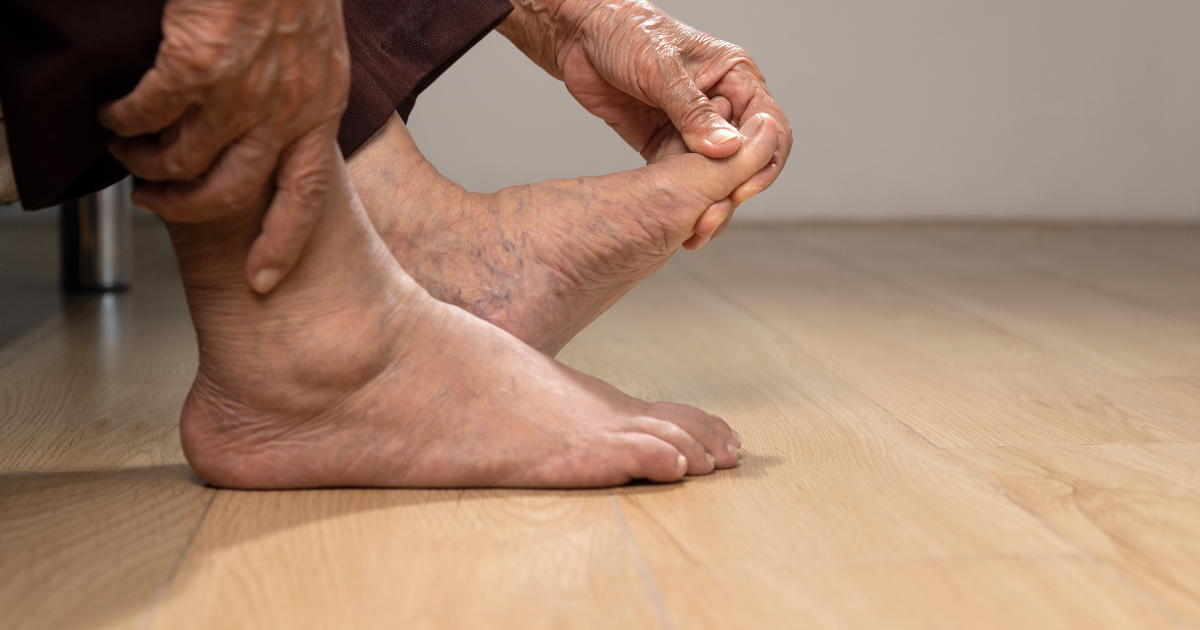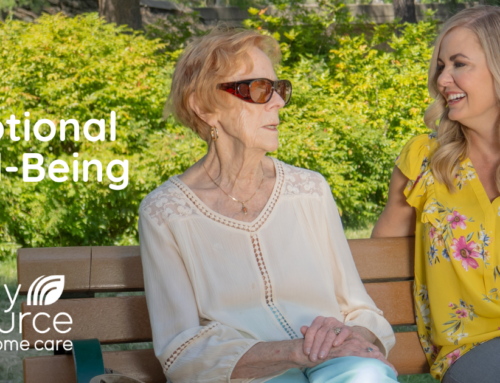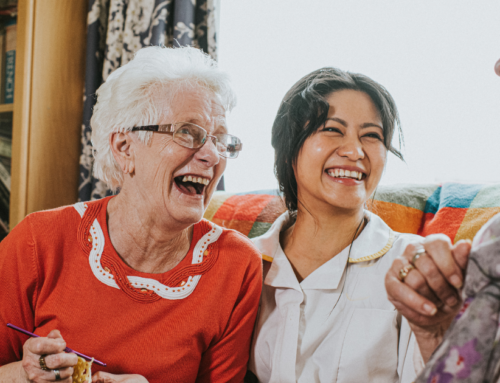Inflammation, a vital response of our immune system, enables our bodies to fight off diseases and toxins. Chronic inflammation, however, is rather dangerous. To reduce the risk and its effects on a variety of medical conditions, changes in lifestyle can help. Understanding inflammation and its effects is the first step to understanding how to make these changes.
How inflammation works
We can see inflammation when our body reacts to “foreign invaders”—a bee sting, bacterial infection, etc. Our body uses the immune response of inflammation to get rid of the invaders. When your immune system cells discover these invaders, they release proteins called inflammatory mediators, widening your blood vessels to allow these cells to arrive and fight. This is what is happening when you feel the heat and warmth of inflammation and may notice swelling. Additionally, these mediators make the nerve endings sensitive, triggering the pain response.
Persistent inflammation
When the body has successfully destroyed the invaders, inflammation levels should decrease. Sometimes, however, the immune system response can become actively engaged for much longer. It keeps signaling the body to keep producing mediators and can negatively impact your health. Autoimmune disorders are caused by this reaction—Rheumatoid arthritis, Crohn’s, and psoriasis, and more. Not only are autoimmune disorders stimulated but also obesity, cancers, heart disease, Alzheimer’s, and dementia. Researchers are beginning to see more of the connections between inflammation and other diseases. As we age, our body’s immune system dysregulates and throws off the balance of anti-inflammatory and pro-inflammatory (causing inflammation) molecules.
Lifestyle changes
There is hope! Lifestyle changes can drastically reduce inflammation. Quitting smoking or avoiding secondhand smoke can help reduce the thousands of toxins attacking blood vessels. Managing the stress you experience to reduce the release of cortisol through mindfulness, meditation, or deep breathing exercises is helpful. Diet and exercise are at the core of reducing inflammation. Maintaining a healthy body weight keeps inflammation in check. Aiming for 150 minutes of moderate-intensity exercise per week is highly recommended. Older adults should aim to complete strength training exercises at least two days a week in addition to 75 minutes of vigorous-intensity exercise like running.
Foods to avoid
Avoiding certain types of foods help reduce your body’s negative response. Some of the foods to avoid that trigger your body to release mediators:
- Refined carbohydrates
- Foods high in trans fats
- Soda, juice, energy drinks—anything with more than the daily value of sugar (no more than 36 grams for men and 25 grams for women)
- Sucrose, glucose, or fructose products
- Fried foods
Foods to include
Foods that are helpful in fighting negative responses are the following:
- Antioxidant-rich foods (colorful fruits and vegetables)
- Whole foods
- Omega-3 fatty acid foods
- Herbs and spices
All these proactive measures help by developing healthy habits. Habits can be difficult to start which might require outside help to get started. Online coaching, joining a gym, etc. can be a great way to start your health on the road to healing.





